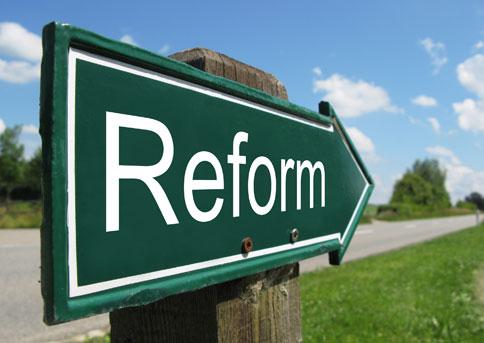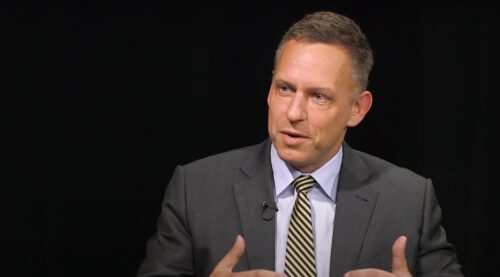Editor David Callahan notes that philanthropic and nonprofit trade groups might “be out of touch with their own communities.”
Yesterday, Inside Philanthropy released the results of a non-scientific survey it recently conducted of nearly 350 philanthropy professionals, including both grantmakers and grantseekers. “We did not employ a rigorous methodology to ensure that recipients were representative of those working in the philanthropic sector overall, IP editor David Callahan cautions. “Our approach was designed to broadly take the pulse of our readers and others in the philanthrosphere. Data reported here should not be seen as offering authoritative or conclusive findings about the opinions of foundation or nonprofit staff, nor of those working as consultants or in other roles.”
The survey covers a wide range of issues facing philanthropy and all nonprofitdom.
Callahan thinks “the biggest surprise from the survey is how much support respondents voiced for ‘changes in the laws that govern philanthropy,’” he writes.
Over 70% said they favored mandatory payouts by donor-advised funds, while a nearly equal share said they favored “increasing required foundation payout.” (Those in grantmaking roles were less enthusiastic about changing payout rules, but both reforms still garnered majority support among these respondents.) Half of survey takers also favored “requiring that nonprofits disclose their donors” and 40% said they favored “limiting the tax breaks that wealthy donors can receive.” Another third favored “restricting the types of policy advocacy and electoral activities that nonprofits can engage in.”
Callahan notes “that none of the reforms mentioned above are backed by the main associations that purport to speak for people who work in philanthropy and nonprofits,” which suggests “that these trade groups are also out of touch with their own communities,” he adds.
Fifty-one percent of the survey’s respondents—predominantly liberal, by their own self-categorizations—agree that “a greater percentage of philanthropic resources should go toward policy and advocacy efforts to change public perceptions, laws and regulations holding back social change.” An appreciably lesser number, 22%, say a “greater percentage of philanthropic resources should go to traditional charitable activities to improve people’s daily lives.”
According to Callahan, IP will “drill down into the data” and he urges readers to “Stay tuned.”
One might wonder whether there is any overlap between—or, whether there’s any such overlap or not, how to reconcile what might be tension between—the one-third favoring restrictions on “the types of policy activity and electoral activities that nonprofits can engage in” and the 51% agreeing that more money “should go toward policy and advocacy efforts.”






